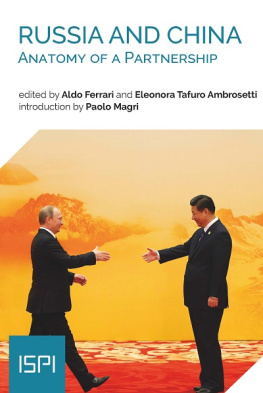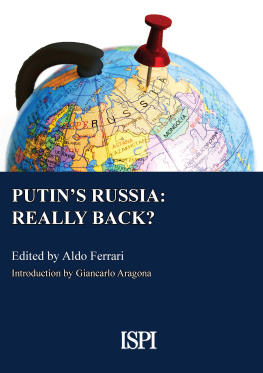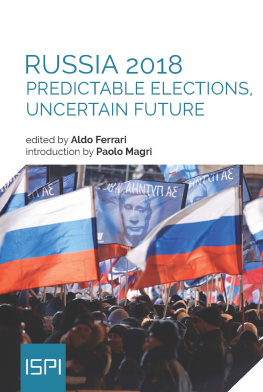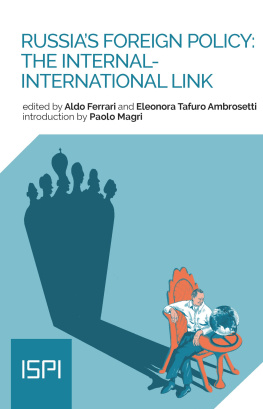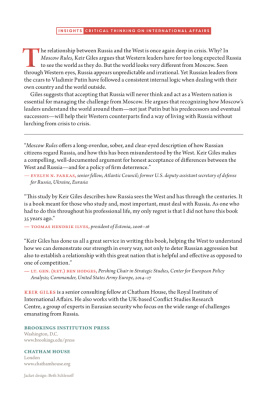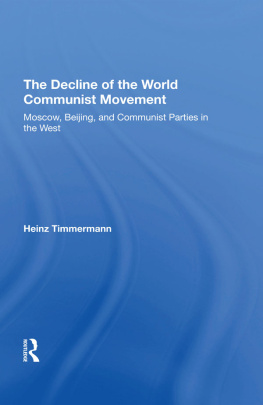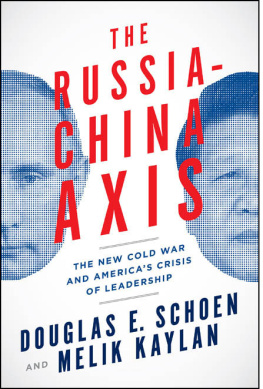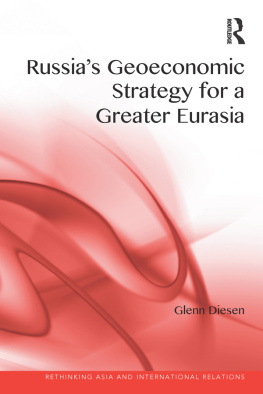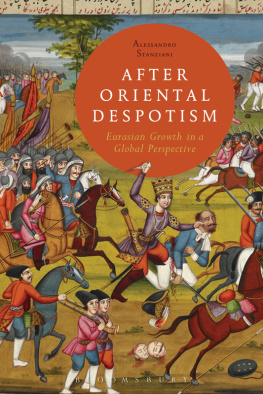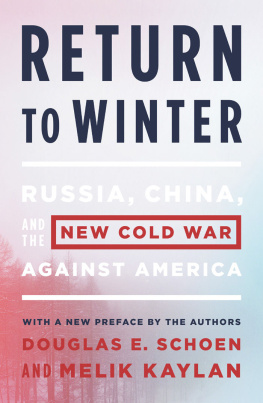Introduction
There was a time when many people most Westerners, at least took for granted the liberal US-championed world order as famously depicted, for instance, by Francis Fukuyama in The End of History and the Last Man. Fukuyama argued that with the collapse of the Soviet Union the last ideological alternative to liberalism had been eliminated, and even in nominally Communist states like China political and economic reform was heading in a liberal direction. As Fukuyama and others put it: the end of history.
That time was not so long ago, but today it seems a lost age. Our world nowadays tends rather to resemble another famous description, that of the British historian Niall Ferguson. Unlike Fukuyama, he saw the demise of the USSR as the starting point of the Descent of the West and the inevitable rise of China to economic hegemony. In the 2019 ISPI report (The End of a World. The Decline of the Liberal Order), we analysed the far-reaching consequences of these developments on the resilience of the international system, on multilateral organisations, and even on the institutional structure of individual states.
Where does Eurasia fit in this picture? The decline of the West now appears as commonplace, while the rise of Eurasia as an increasingly important hub of political and economic power is attracting more and more attention worldwide. That, certainly, is the story which Russia and China have been telling for years. Of course, opinions on such developments often differ according to ones viewpoint. But notwithstanding such differences, few would discount Chinas impressive economic performance or the political influence of a resurgent Russia in the international arena; and even fewer would disagree that the two countries worsening clashes with the West are drawing Beijing and Moscow closer together, potentially challenging the world liberal order and especially its American leader.
The Shanghai Cooperation Organisation (SCO) may well be the most visible sign of a Eurasian shift in global alliances, even if its effectiveness may have been diluted by its recent enlargement and by differences in the interests of its two founding members, Russia and China. But Sino-Russian cooperation does not stop there: economic and military cooperation (from the fight against terrorism within the SCO to joint military exercises, such as Vostok-2018 last September) go hand in hand with a convergence of political attitudes, maybe even of values to some extent. This ISPI Report tackles every aspect of what appears to be a steadily building alliance between Moscow and Beijing, but it also warns of the growing asymmetries characterising it. These asymmetries are present across the board but are especially visible in the economic field: Russias GDP is nowadays no bigger than that of Guangdong province, and its defence spending is just one-third of Chinas. It is hard not to see who has the upper hand in this relationship.
In the opening chapter, Ferrari and Tafuro Ambrosetti get to the heart of what has been considered a Sino-Russian challenge to the global liberal order. First, they recommend the term revisionism (in a neutral sense) to describe Russian and Chinese foreign policies since the early 2000s: the term refers to both countries willingness to question the rules of the game, that is, the rules of the US-backed liberal order. Second, they examine the Sino-Russian challenge to Western values, identifying three main ideas most warmly supported by Beijing and Moscow: multipolarity, their right to adopt homegrown values as opposed to universal ones, and sovereign stability in the face of Western interference. Third, they look at the geopolitical shifts entailed by a post-Western world order which Russia, in particular, loudly advocates but which also involves risks for Moscow from the increasingly asymmetrical relation with a stronger and richer Beijing.
Gabuev and Spivak go over the ups and downs of Sino-Russian relations, showing how their political centre of gravity has shifted over the years. They argue that it was only after the global financial crisis of 2008 that Moscow came to realise the need to engage with its giant neighbour. Russia may have felt superior to China throughout the 20th century; but things changed dramatically after the millennium, and in particular after 2014 when heightened tension with the West over the Ukrainian crisis forced Russia to adapt to the role of Chinas junior partner.
Still, Russia and China seem content with this asymmetrical model of cooperation, at least for the present, as we see from Arduinos study of the enhanced military and security cooperation between them. Arduino reviews the range of security risks in Eurasia associated with the land segment of Chinas Belt and Road Initiative and investigates the ways in which Russia can help to mitigate those risks, partly through multilateral cooperation within the SCO and partly by means of its private security companies. Joint anti-terrorist activities are informed by the two countries views on the nature and implications of the terrorist threat: while the US seems to view terrorism primarily as a threat from outside, Russia and China see terrorism, separatism, and religious extremism as a domestic source of dangers to national unity.
Political will in Moscow and Beijing also helped to drive a gradual rise in economic cooperation between Russia and China and to improve coordination between their regional integration projects. Amighini analyses their bilateral trade relationship and the structure of this trade throughout the 1990s and explains how, in the next decade, the two countries overcame the difficulties they had experienced in building stronger trade, investment, and energy relations. The author claims that the recent free trade agreement between the Russian-led Eurasian Economic Union and Chinas Belt and Road Initiative (EAEU-China FTA) is a challenge to the economic position of the EU in the world, creating as it does a large free trade zone next door to the EU in an attempt to shift the economic centre of gravity from the West to the East.
The convergence of Chinese and Russian geopolitical, economic and security interests has reached such a significant point that in many Western countries their rapprochement is perceived as posing a dramatic challenge to the established international system of neoliberal institutions, including the primacy of the US dollar in the international payments system. The 2014 agreement for a yuan-rouble foreign exchange swap between the two countries central banks is a case in point, but Nosovs chapter warns us that Western media probably exaggerate the real impact of that agreement, and indeed of other financial and economic deals between Moscow and Beijing. As Nosov puts it, the fact that the two governments push economic cooperation despite the difficulties shows how much is at stake in their ongoing rapprochement, which brings them political advantages both domestically and internationally. However, such agreements are often just Memorandums of Understanding, a kind of non-binding, informal step before a contract is signed. In the end, though, it is up to Chinese and Russian businesses to finalise agreements based on commercial profitability, and they often fail to do so.

